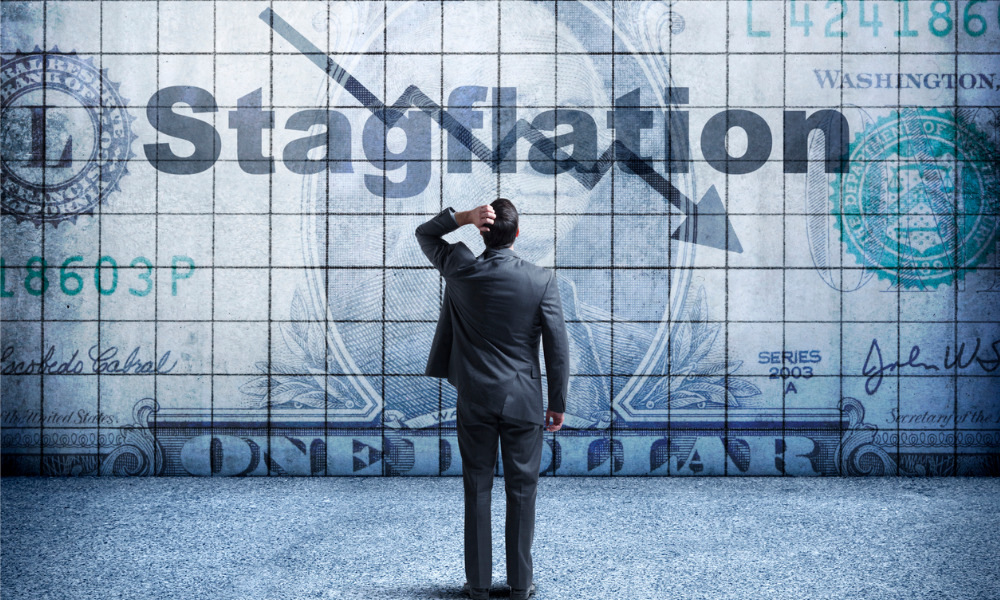Capital Group calls for 'active approach' amid opportunities within Treasury yield curve

Bonds may be back, but stagnation — the much-feared mix of stagnant economic growth, high unemployment and soaring prices — will soon leave a bad taste in investors’ mouths, warns Capital Group fixed income portfolio manager Ritchie Tuazon.
“There is a flavour of stagflation ahead which warrants an active approach to bond investing,” says Tuazon. “I see select opportunities within the Treasury yield curve as well as Treasury Inflation-Protected Securities.”
Capital Group’s recently released Bond Market Outlook sees prospects brighten as the U.S. Federal Reserve eases off its aggressive campaign to stamp out inflation by hiking rates, but despite some bright spots such as supply chain issues resolving, the labour shortage and persistent wage growth could keep inflation higher than the 2% target range for some time.
Geopolitical risks further undermine those efforts, meaning wide-ranging challenges still lie ahead: even the most optimistic investors are bracing for a recession, Tuazon notes. The main question is how wide or deep the downturn will be as central banks worldwide raise rates to try to contain inflation.
Looking at the bond market specifically, investors can expect some stability to return after 2022 saw bonds fall in tandem with stocks — a rare event that hasn’t been seen in 45 years. The Fed’s approach of slowing growth and moderating inflation will impact high-quality fixed income positively, leading to lower yields and higher bond prices. Attempting to wait out market volatility could mean giving up income opportunities and the potential for an even higher total return, the report states, and with attractive valuations, selective addition of corporate credit could be a savvy move.
Whether the economy is so strong it continues to feed inflation, or it weakens to the point unemployment rises, there’s no doubt consumers will be more stressed in 2023. But historically, investing prior to the final rate hike in a cycle paid off: looking back over the last four decades at the five years of returns data from six hiking cycles, purchasing bonds regularly for a year starting six months prior to the last Fed rate hike returned a range of 3.3% - 10.2% in the first 12 months in U.S. dollar terms. Longer term, that year-long investment provided a five-year annualized total return that spanned from 5.9% - 15.6%.
Offering relative stability and income with the dual lure of rebounding yields amongst the spectre of recession, the bottom line is the bond market is back.
“Today’s starting yields can offer an attractive entry point for investors and provide a cushion to further volatility,” says the report. “There are also compelling opportunities across asset classes that an active manager can uncover via bottom-up research and security selection.”



